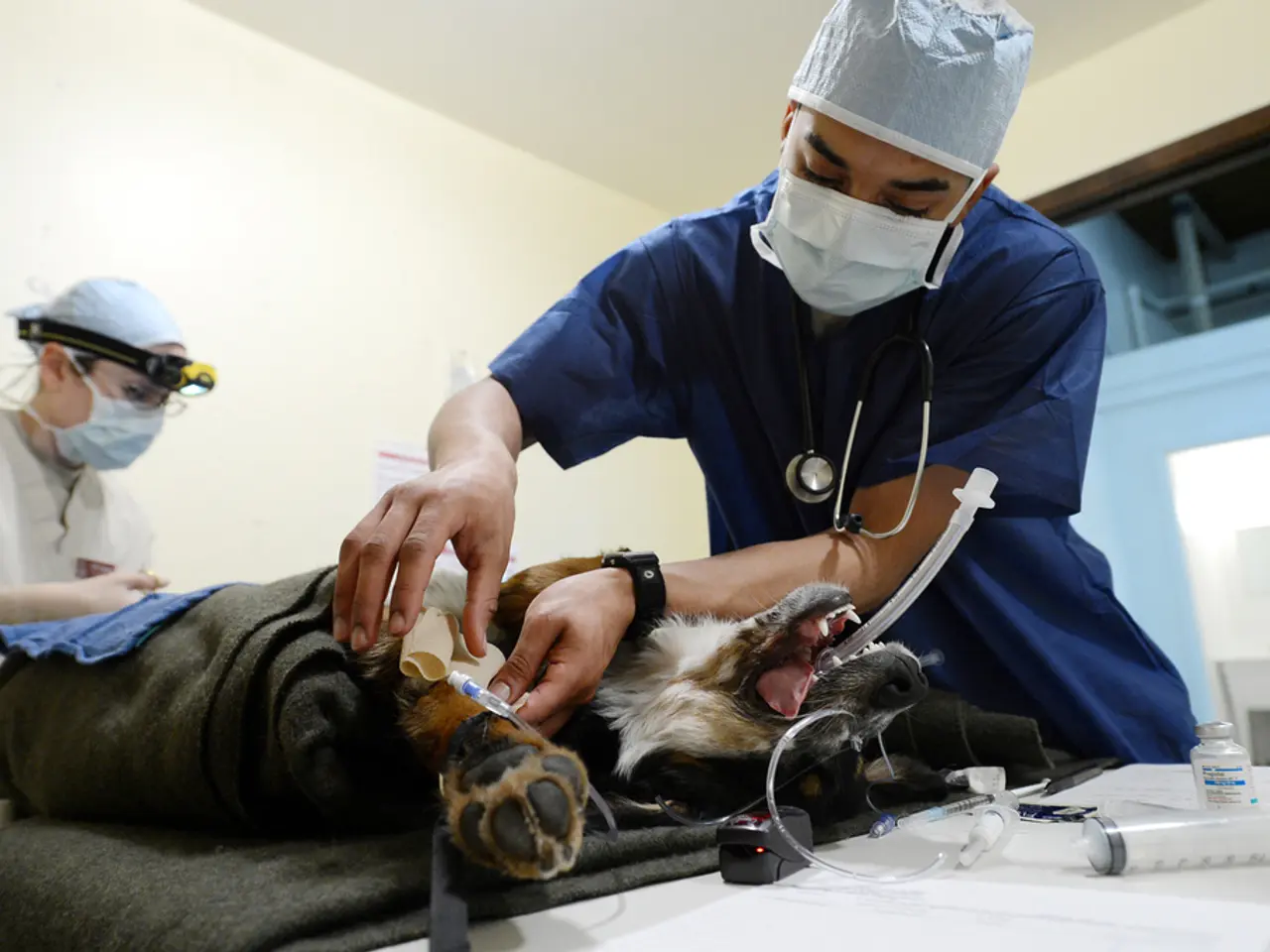Understanding Vacuum-Assisted Delivery: Risks and Recovery
Vacuum-assisted delivery, a method used to aid childbirth, involves the use of a vacuum device to help the baby move through the birth canal. While it can be beneficial in certain situations, it's important to understand its implications and potential complications for both mother and child.
To avoid the need for vacuum-assisted delivery, women can opt out of epidurals, remain patient, and stay active during labour. However, when vacuum extraction is necessary, it's typically performed when labour is slow, the mother is exhausted or has health issues, or the baby shows signs of distress. The procedure involves the mother lying down with her legs apart, gripping the bed or table handles, while the doctor places the vacuum on the baby's head and assists the baby's movement through the birth canal during contractions.
Recovering from a vacuum-assisted birth requires careful sitting to avoid pressure on the pelvic region, application of ice packs, thorough cleaning after urinating, and use of home remedies with doctor's approval. Possible complications for the baby include cephalohematoma, chignon, neonatal jaundice, retinal haemorrhage, and long-term effects such as intracranial haemorrhage. For the mother, complications may include perineal pain, urinary incontinence, and pelvic organ prolapse. Vacuum extraction may not be recommended if the baby is in a breech position, has health complications, or is not descended midway through the birth canal.
Vacuum-assisted delivery, while helpful in certain labour situations, comes with potential risks for both mother and child. Understanding these risks and discussing them with healthcare providers can aid in informed decision-making during labour.





